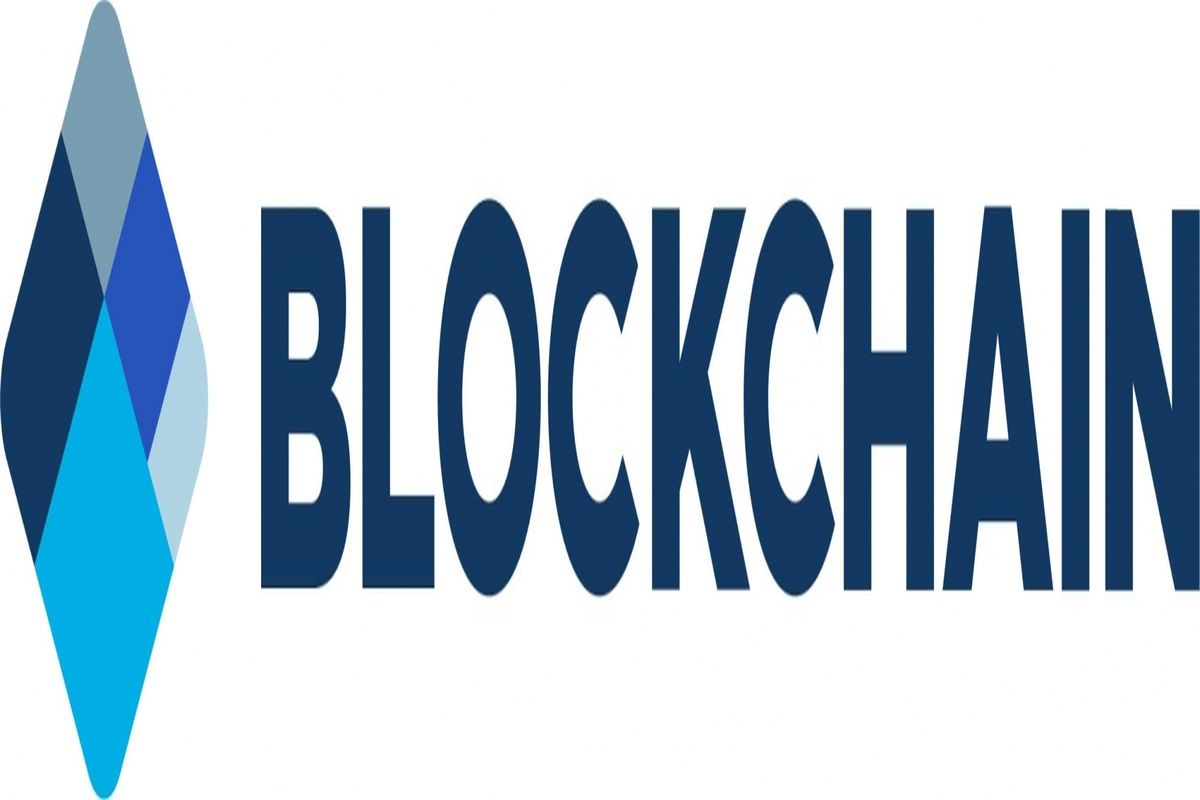Over 30% of blockchain games discontinued in 2023: Report
More than 30 per cent of blockchain games were discontinued or canned in 2023, according to a report.
A metaverse is a blockchain-based public platform that uses a decentralized open-source ecosystem to enable users to create applications and engage in digital commerce.

Blockchain logo. (Photo: IANS)
Abhay Sharma, CMO, MetaOneVerse explains the concept of Blockchain and how it has made it possible to enable Digital Ownership in the Metaverse.
What is blockchain?
A blockchain is a distributed database that is shared among the nodes of a computer network. As a database, a blockchain stores information electronically in digital format. Blockchains are best known for their crucial role in cryptocurrency systems, such as Bitcoin, for maintaining a secure and decentralized record of transactions. The innovation of a blockchain is that it guarantees the fidelity and security of a record of data and generates trust without the need for a trusted third party.
Advertisement
One key difference between a typical database and a blockchain is how the data is structured. A blockchain collects information together in groups, known as blocks, that hold sets of information. Blocks have certain storage capacities and, when filled, are closed and linked to the previously filled block, forming a chain of data known as the blockchain. All new information that follows that freshly added block is compiled into a newly formed block that will then also be added to the chain once filled.
A database usually structures its data into tables, whereas a blockchain, as its name implies, structures its data into chunks (blocks) that are strung together. This data structure inherently makes an irreversible timeline of data when implemented in a decentralized nature. When a block is filled, it is set in stone and becomes a part of this timeline. Each block in the chain is given an exact time stamp when it is added to the chain.
The goal of blockchain is to allow digital information to be recorded and distributed, but not edited. In this way, a blockchain is a foundation for immutable ledgers, or records of transactions that cannot be altered, deleted, or destroyed. This is why blockchains are also known as distributed ledger technology (DLT).
What is the role of blockchain in MetaOneVerse?
A metaverse is a blockchain-based public platform that uses a decentralized open-source ecosystem to enable users to create applications and engage in digital commerce. As an open-source blockchain infrastructure, a metaverse typically includes a user-friendly DUI, a decentralized wallet and a decentralized exchange
The Metaverse’s goal is to provide people with an augmented reality experience that, in many ways, may surpass physical reality in terms of experiences and opportunities.
Let’s take a look at why the metaverse needs encryption to function correctly.
The unhackability and immutability of blockchain are critical properties for any virtual reality technology to gain broad adoption. Hacks and data breaches are common, but if people are supposed to operate in an entirely online and virtual environment, the underlying platform on which they will be operating must be secure.
Not only does blockchain allow for fast confirmation of information, but it also allows for cryptographically secure and protected transactions. Blockchain and crypto assets are a fundamental and integral aspect of how virtual reality will be deployed.
Building on the previous point, the Metaverse will want and require transactions to be completed on demand, which blockchain and crypto assets can help to enable. There will need to be transactions for an actual virtual reality environment to work and perform as stated. These transactions must be secure and virtually fast. Individuals in this ecosystem, in particular, will need to be able to: a) transact and engage as readily as if they were in person and b) have trust that these transactions will be completed.
Impact of Blockchain on key enabling technologies in the Metaverse
The unhackability and immutability of blockchain are critical properties for any virtual reality technology to gain broad adoption. Hacks and data breaches are common, but if people are supposed to operate in an entirely online and virtual environment, the underlying platform on which they will be operating must be secure.
The following could be the best use case of Metaverse based on blockchain technology:
· Synchronous and live: While pre-scheduled and self-contained events will occur, the Metaverse will be a living experience that exists continuously for everyone and in real-time, just as it does in “real life.”
· Persistent: It never “resets,” “pauses,” or “ends,” — it just keeps going endlessly.
· Available individually and concurrently: Everyone can be a part of the Metaverse and take part in a specific event/place/activity simultaneously and with their agency in the Metaverse.
· A fully functioning economy: Individuals and businesses should be able to create, own, invest in, sell and be compensated for a vast array of efforts that produce value that others recognize.
· An experience: It should span both digital and physical worlds, private and public networks/experiences, as well as open and closed platforms.
· A wide range of contributors: It should be filled with content and experiences developed and operated by many contributors, some of whom are self-employed, while others are informally organized or commercially-oriented businesses.
· Offer unprecedented interoperability: It should offer remarkable data, digital items/assets, content, and other interoperability between each of the experiences
Advertisement